The divine art of disguise

Assam has a rich tradition of the theatrical arts. The tradition of the temple dancers in Assam goes back to the 9th century AD, when Shaiva and Vaishnava temples of Assam would reverberate with dance and music.
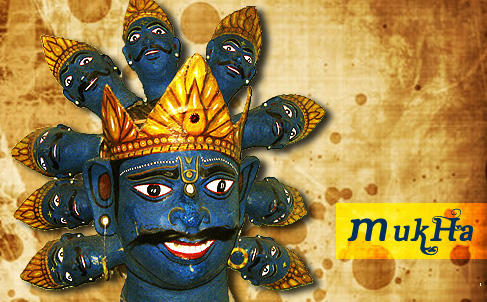
Mukha ~ Assam mask
Characters like Bhrama, Yama, Putna, Mura, Narkasura, Jambuvan painted into masks would come alive and start projecting various sentiments and emotions. Ramayana, a popular fable from Hindu mythology however, was translated into a series of plays by Mahapurusha Shankardeva of Assam in 15th-16th century, which came to be known as ‘Ankia nat’. ‘Bhavona’, the theatrical presentation of these stories revolving around Assamese tribal myths and folktales are staged for public entertainment and knowledge by people disguised in masks as gods, goddesses and demons.

‘Bhavona’ derived from the Sanskrit word ‘Bhavna’ meaning ‘emotions’ is also known as Jatra in some regions of Assam, Bengal and Orissa eg. Arjunabhanjan yatra, Janma yatra, Boka yatra. These plays are also said to have their songs rooted in the dramas of the vedic times which is in the form of hymns in dialogue.
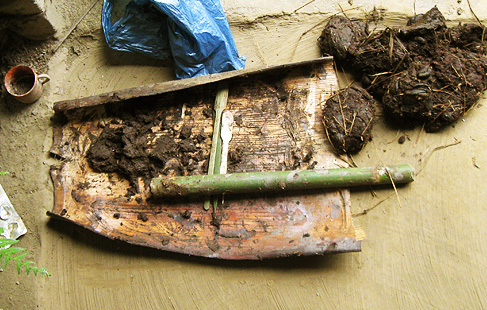
Bordhuvan village in the Nangaon district of Assam is the birthplace of the craft of mask making, popularly known as ‘Mukha’. Here masks are elevated beyond our everyday gag-cosmetic-masquerade deal to a level of spirituality and worship. The craftsmen locally addressed as ‘khonikors’(the story tellers) are mostly farmers who pursue this art for the labor of love and not for commercial satisfaction. Considering the religious significance of these masks, the craftsmen observe certain rules to ensure that the sanctity of performing the art is not an ounce meeker than the sanctity of performing a prayer. Hence, the artists never let their feet touch the masks. They start the day’s work only after bathing and are obliged to start on an empty stomach .They ensure that the main ingredients – cowdung and aatha (natural gum) are mixed in coconut sap.
The traditional Assamese masks are made from a variety of materials, ranging from terracotta and bamboo to wood, pith and metals. The main raw materials used in the craft are naturally available and free of cost. Besides cowdung, cloth, mud, jute, coconut sap and aatha (natural gum) are essential constituent of the craft.
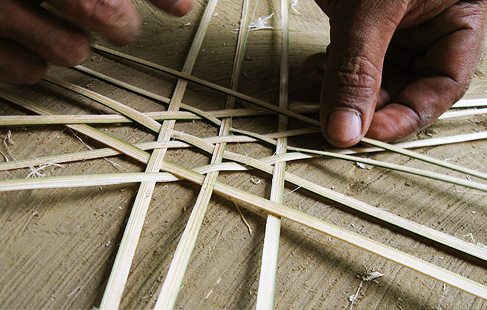
Two centimeter wide strips of two-year-old bamboo shoots with ample flexibility are cut using a big knife called “Daau” and woven into a hexagonal pattern known as the Vishwakarma mur (one of the most stable locking systems). Vishvakarma being the presiding deity of all craftsmen and architects of the world. Through continuous bending and twisting, a three dimensional skeleton or ‘hoja’ is acquired. Once the edges are trimmed, soft coconut sap is lined around it to make the mask wearable. Small pieces of cotton cloth dipped in a mixture of cowdung and aatha are placed on the skeleton to give that base layer on which facial features may be etched out. Post drying, holes are created for breathing and primary attributes of the eyes, nose, eyebrows and lips are inscribed with hands using the cowdung mixture.

Following this, the masks are detailed (using ‘kaamkathi’ or knives made of bamboo) with keen accuracy as they now start accommodating the expressions and traits of the particular character. A new thin coating of cowdung soaked fabric is again applied to prevent the features from falling off. The kuhila (pith) is a soft natural thermacol like local material, which lends shapes for the ears and the teeth. The adhesive rich mixture of cow dung and aatha is employed again to fix the ears to the face. Ultimately the supple deities in disguise are baked or sundried depending on the state of urgency. Natural colorants or even synthetic paints can be coated preceded by a coat of primer. The masks are creatively clad in ornaments such as earrings (crafted out of bent bamboo strips) and mukuts (crowns).
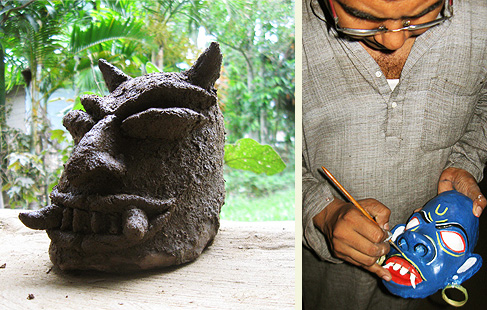
Organic colors that are used here are Khorimati (white), hengul (red), charcoal (black) and haital (yellow). The craft is a seasonal one and is usually started in winter (early November) in the hallowed premises of Vaishnav monasteries. A three day long ordeal, which requires immense precision and awareness of the material at hand, creates a single mask.
A fact worth acknowledging is that in the shadow of mukhas, smaller and finer crafts such as pith mask making have originated. Pith is exquisitely used in ‘latootkari’, which involves construction of blooming forms out of the soft material that pith is. Besides these, the pith is also used to create play ornaments. The hexagonal bamboo weaves inspire a great deal of local furniture and sculptures too.
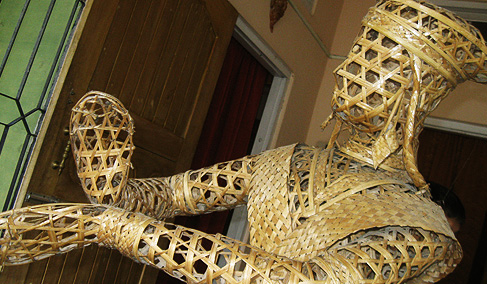
The beauty of folk theater is its adoption of wide range of theatrical techniques to entertain the people. Mimicry, tableaux, processions, acrobatics, magic shows, enactment of short and long skits, in short every conceivable entertainment factor is weaved imaginatively into the rich fabric of their performing art. And the craft that is all about recreating its identities is fighting for its own today, leaving it entirely up to us, whether we want to hold the mirror that reflects the folk culture of our society or break it.
Craft Documentation by~
Akash More, Nayan Shrimali

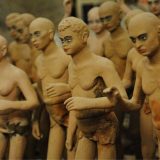
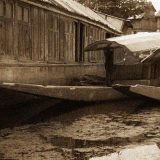
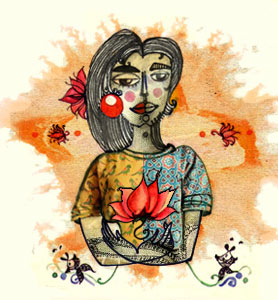
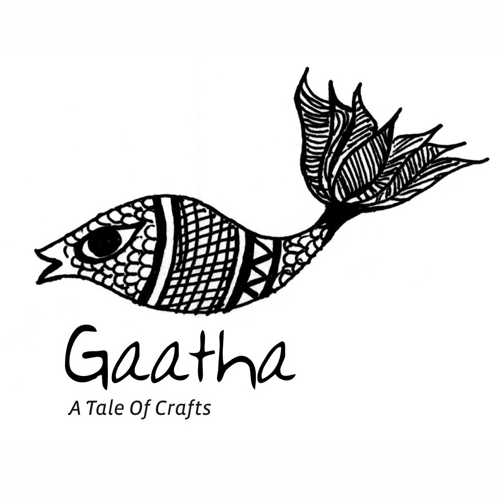


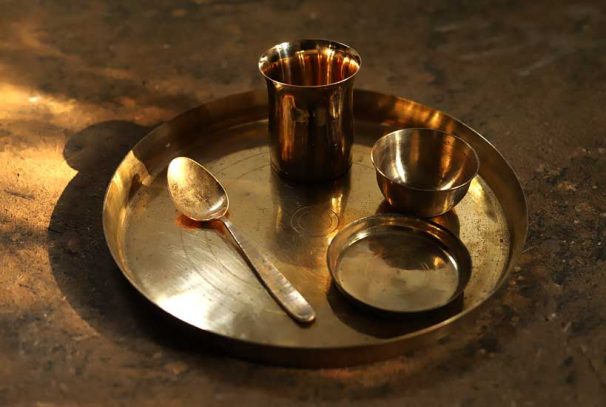
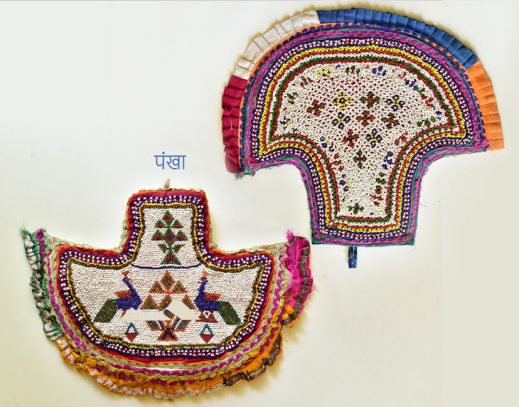
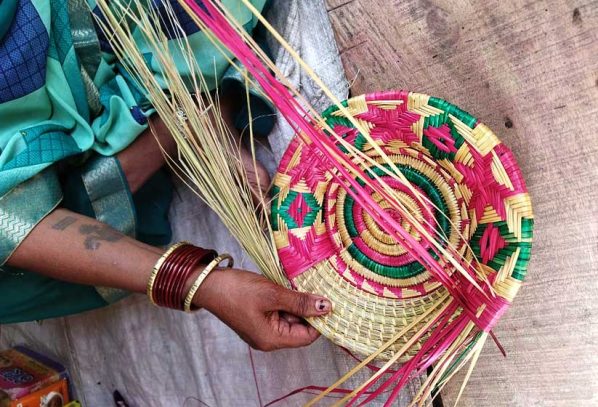

Achal shah
i want to know more about the craft.
how can i contact you ?